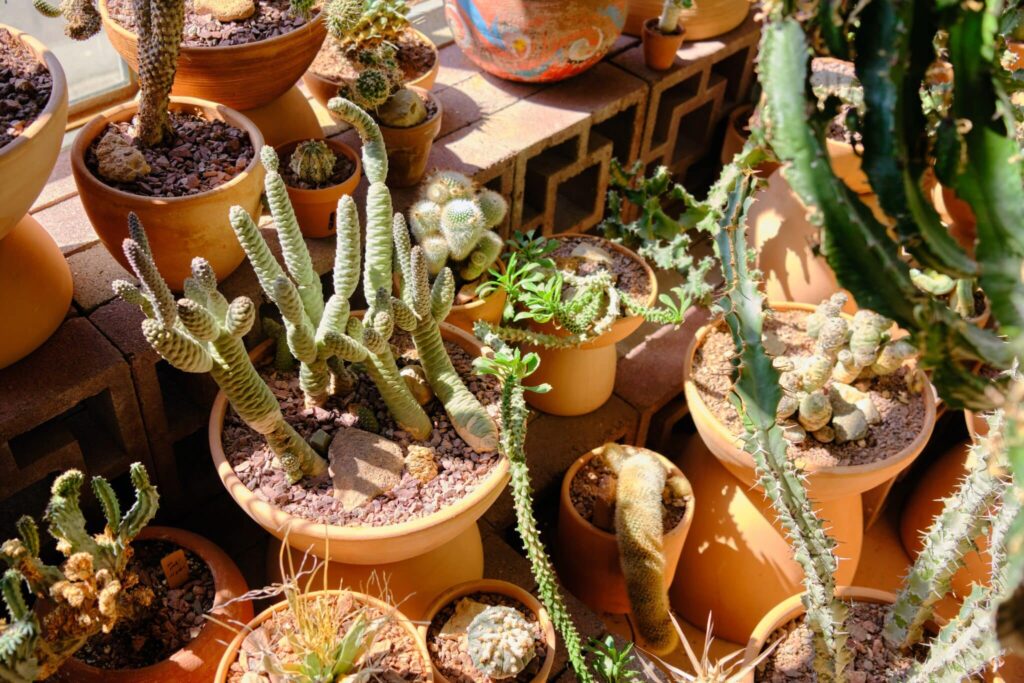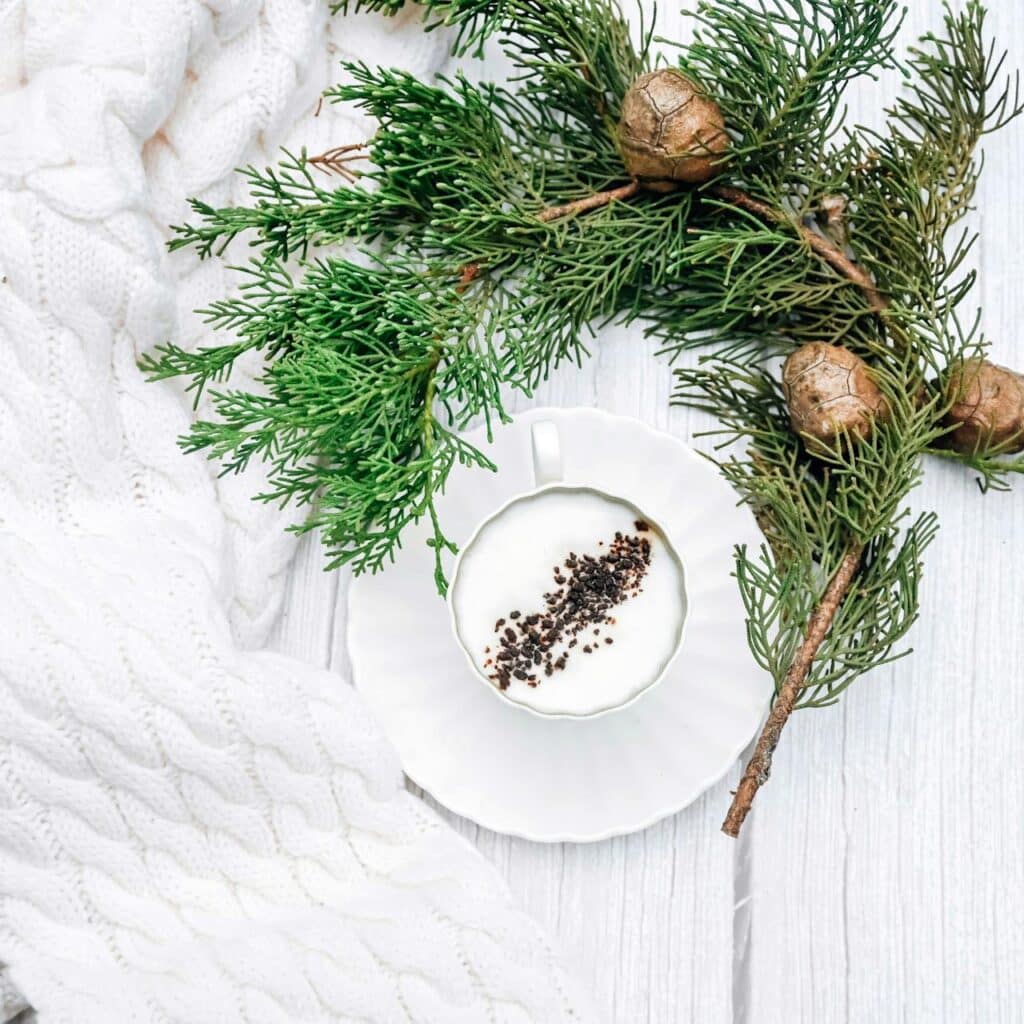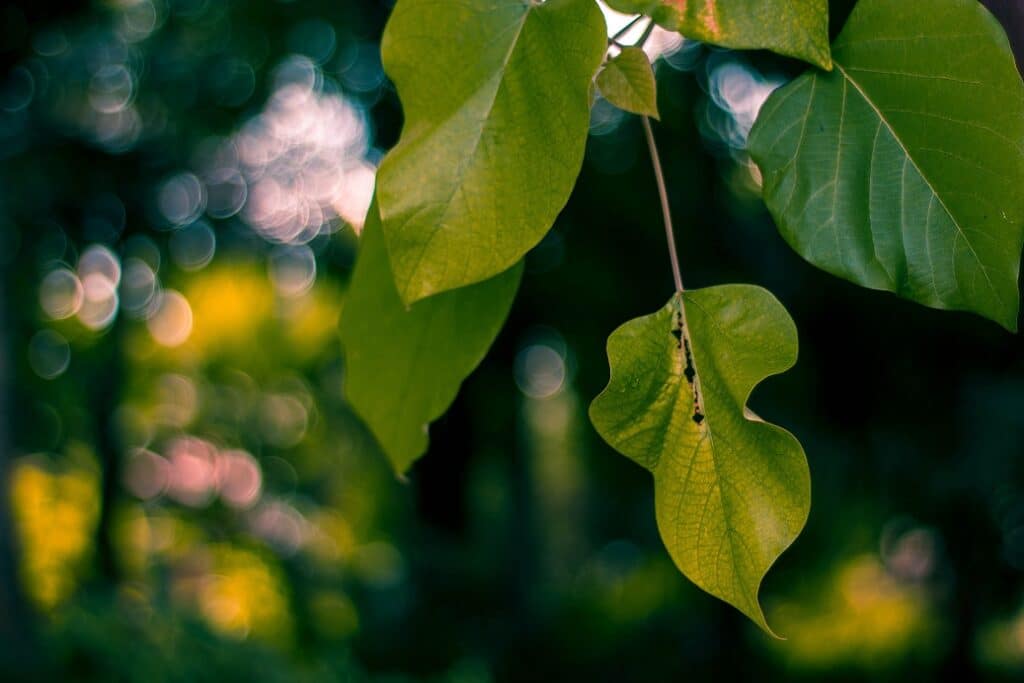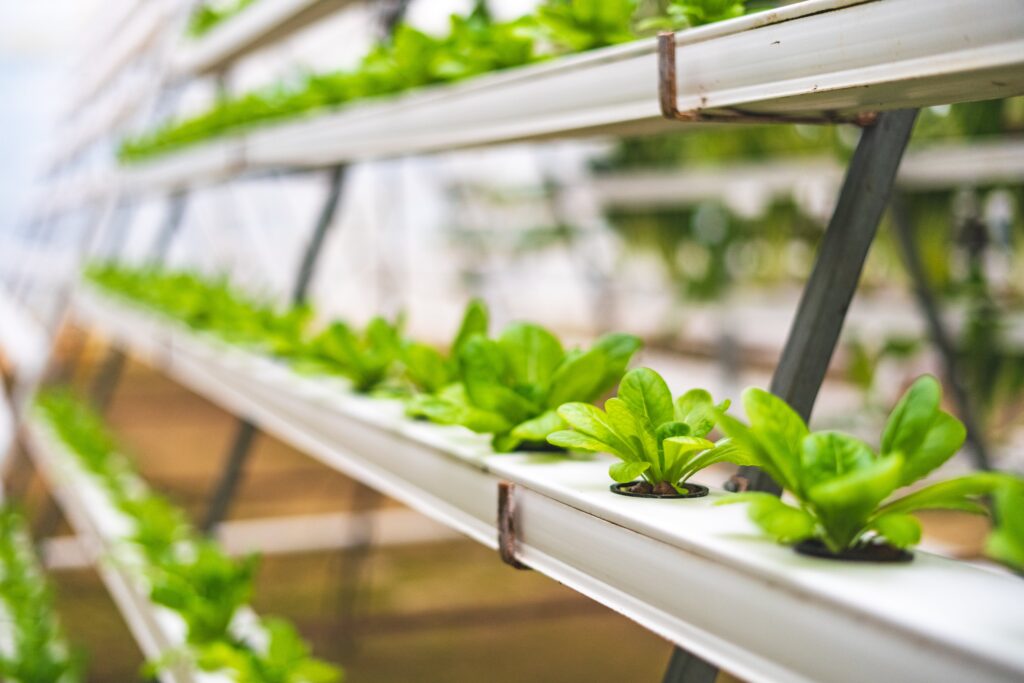Have you ever wondered how indoor plants can survive without direct sunlight? It may seem like a mystery, but there is actually a scientific explanation behind it. In this article, we will explore the fascinating world of indoor plants and uncover the science behind their survival strategies. From their ability to adapt to low light conditions to their unique photosynthetic processes, you will discover the secrets that allow these green companions to thrive indoors. So, get ready to dive into the intriguing realm of indoor plants and uncover the science behind their resilience.

Understanding Plant Photosynthesis
The Basics of Photosynthesis
Photosynthesis is the process by which plants use sunlight, water, and carbon dioxide to produce food in the form of glucose and oxygen. This vital process occurs in the chloroplasts of plant cells, where chlorophyll absorbs sunlight and converts it into chemical energy. During photosynthesis, water is also crucial as it provides the necessary hydrogen atoms for glucose formation, while carbon dioxide is taken in from the surrounding air.
Importance of Sunlight in Photosynthesis
Sunlight is an essential component of photosynthesis as it serves as the primary energy source for plant growth. Through a process called photolysis, sunlight energizes electrons in chlorophyll, allowing them to participate in the conversion of carbon dioxide and water into glucose and oxygen. Without sunlight, this process would not occur, and plants would be unable to synthesize the energy-rich molecules needed for various biological processes.
Alternative Sources of Light
While sunlight is the natural and preferred light source for plants, there are situations where alternative sources of light can be utilized to support indoor plant growth. Artificial light can be used to supplement or replace natural sunlight in indoor environments where access to sunlight is limited, such as in homes or offices with insufficient natural light. This enables individuals to cultivate and enjoy a variety of plants indoors, even without direct sunlight.
Artificial Light for Indoor Plants
Types of Artificial Light
When it comes to providing artificial light for indoor plants, different types of light sources can be used. The two most popular options are fluorescent lights and LED (Light Emitting Diode) lights. Fluorescent lights, such as compact fluorescent lamps (CFLs) or T5 fluorescent tubes, emit a broad spectrum of light, making them suitable for overall plant growth. LED lights, on the other hand, can be customized to emit specific wavelengths of light, allowing for optimal targeting of the plant’s needs.
Balancing Intensity and Exposure
When using artificial light for indoor plants, it is important to find the right balance of intensity and exposure. Intensity refers to the brightness or power of the light source, while exposure is the duration of time the plants are exposed to the artificial light. Different plants have varying light requirements, so it is crucial to research and understand the specific needs of the plants you are growing. Monitoring the intensity and duration of artificial light exposure will help prevent issues like light burn or insufficient light for growth.
Ideal Duration of Artificial Light Exposure
While the ideal duration of artificial light exposure varies depending on the plant species, a general guideline is to provide plants with 12 to 16 hours of light per day. This extended period compensates for the reduced intensity of artificial light compared to natural sunlight. It is crucial to provide plants with a consistent light schedule, mimicking the natural day-night cycle as closely as possible. Timers can be used to automate the lighting schedule to ensure plants receive adequate light exposure for healthy growth.

Specific Light Needs for Different Indoor Plants
Understanding Light Preferences
Different indoor plants have varying light preferences, ranging from low light to bright, indirect light. Some plants thrive in low-light conditions, making them suitable for shady corners or rooms with minimal natural light. Others require bright, direct light to photosynthesize efficiently. Understanding the light preferences of different indoor plants is essential in providing them with the appropriate lighting conditions for optimal growth.
Matching Indoor Plants with Light Conditions
To ensure the health and vitality of your indoor plants, it is crucial to match them with the appropriate light conditions. Low-light plants, such as pothos or snake plants, are excellent choices for areas with limited natural light. They can thrive under fluorescent lights or in rooms without windows. On the other hand, high-light plants, like succulents or orchids, require intense light exposure and are better suited for locations with ample sunlight or LED grow lights.
Adjustment to Indoor Light Conditions
Indoor plants often need time to adjust to new light conditions. If transitioning a plant from a low-light environment to a brighter one, it is important to acclimate it gradually to prevent sunburn or shock. Similarly, if moving a plant from a sunny area to a spot with less light, be mindful of potential signs of light deficiency, such as pale leaves or stunted growth. Observing the plant’s response and making gradual adjustments will help ensure a successful transition.
Photosynthesis Without Sunlight
Indoor Plant Varieties That Thrive in Low Light
While sunlight is ideal for photosynthesis, some indoor plant varieties have adapted to thrive in low light conditions. These plants have evolved mechanisms to efficiently capture and utilize whatever light is available. Examples of low-light-tolerant plants include peace lilies, ferns, and ZZ plants. These species are excellent choices for areas with limited natural light, such as bathrooms or offices with small windows.
How Indoor Plants Get Energy Without Sunlight
Indoor plants that survive without sunlight rely on the process of photosynthesis to produce energy, but they have adapted to perform it more efficiently. These plants often have larger chloroplasts, increased chlorophyll content, and specialized pigments that allow them to capture and utilize light more effectively. They also have mechanisms to minimize light loss and maximize energy conversion, enabling them to thrive in low light conditions.
Adjusting Indoor Plants to Lower Light Conditions
If you have indoor plants that require some sunlight but don’t receive enough, it is possible to adjust them to lower light conditions. Gradually reducing the light intensity over time allows the plants to acclimate and adjust their metabolic processes. It is important to closely monitor the plants during this adjustment period, ensuring they are not experiencing stress or decline. Maintaining appropriate watering and providing balanced nutrition will also aid in their adaptation to lower light conditions.
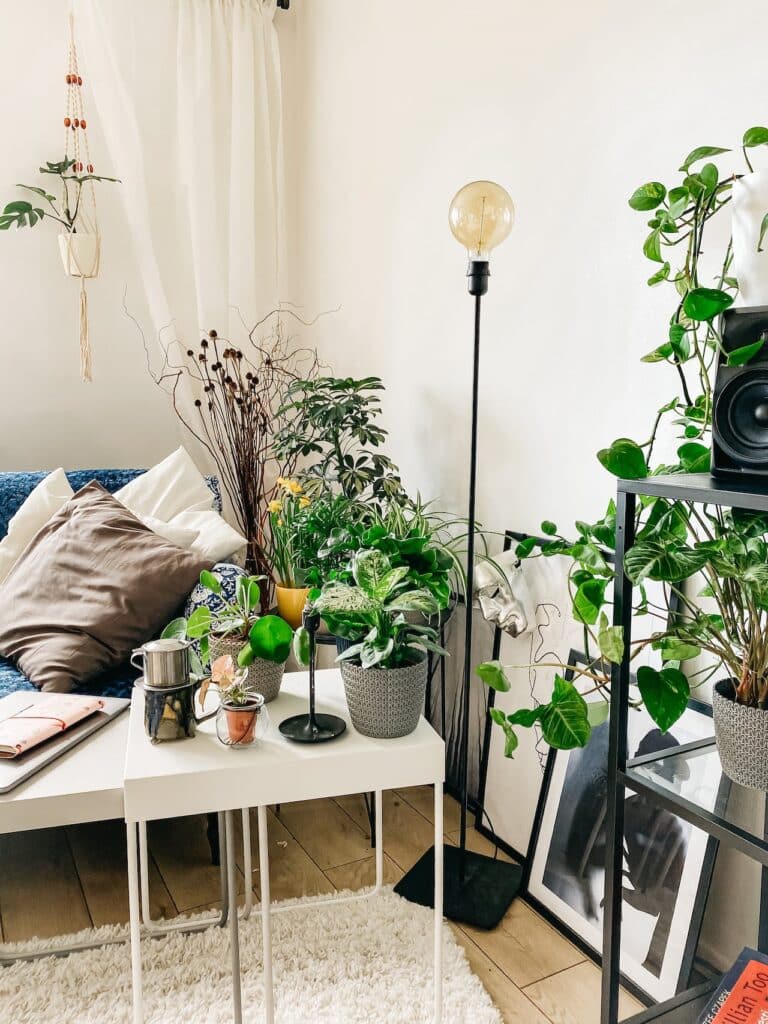
Impact of Temperature and Humidity
Role of Temperature in Indoor Plant Growth
Temperature plays a crucial role in indoor plant growth and overall health. Most indoor plants thrive in temperatures ranging from 60 to 75 degrees Fahrenheit (15 to 24 degrees Celsius). Extreme temperatures, whether too hot or too cold, can stress and negatively affect plant growth. It is important to provide a stable temperature range and avoid exposing plants to drafts, heating vents, or direct airflow from air conditioning units.
Effect of Humidity on Indoor Plants
Humidity levels also influence indoor plant growth. Most indoor plants prefer humidity levels between 40 and 60%. This range mimics natural tropical environments where many indoor plants originate. When humidity drops below this range, plants may experience issues such as dry leaf tips or brown edges. Conversely, excessively high humidity can lead to fungal diseases or root rot. Maintaining suitable humidity levels through methods like misting or using a humidifier can contribute to thriving indoor plants.
Managing Temperature and Humidity Levels
To ensure optimal growth and health of indoor plants, it is important to manage both temperature and humidity levels. Placing plants away from extreme temperature sources like hot radiators or drafty windows is a good starting point. Regularly monitoring the temperature indoors and adjusting it within the preferred range for your specific plants is essential. Additionally, using a hygrometer to measure humidity levels and employing techniques like misting, grouping plants together, or using pebble trays filled with water can help maintain suitable humidity.
Watering as a Replacement for Sunlight
Understanding Water’s Role in Plant Life
Water is a critical element in the life of plants, playing multiple roles in their overall health and growth. In addition to providing plants with necessary hydration, water also aids in the transportation of nutrients and sugars throughout the plant. It helps maintain turgor pressure, keeping the cells firm and upright, and assists in the regulation of temperature through transpiration. Proper watering practices are essential for the survival and thriving of indoor plants.
Indoor Watering Techniques
Indoor plants should be watered thoroughly but not excessively. It is important to ensure the entire root ball receives moisture, but avoid leaving the plant sitting in standing water. Before watering, check the moisture level of the soil by sticking a finger about an inch deep into the soil. If it feels dry at that depth, it’s time to water. Pour water evenly and slowly near the base of the plant until it begins to drain from the bottom.
Caution Against Overwatering
Overwatering is a common mistake that can be detrimental to indoor plants. Excess water can lead to root rot, suffocating the plant’s roots and inhibiting nutrient absorption. It is important to allow the soil to dry out slightly between waterings to prevent waterlogged conditions. Adjusting the frequency of watering based on factors such as plant species, pot size, and environmental conditions will help prevent overwatering and promote healthy plant growth.
Nutrient Supply for Indoor Plants
Essential Nutrients for Indoor Plants
While light and water are crucial for plant growth, indoor plants also require a steady supply of essential nutrients. The three primary macronutrients needed by plants are nitrogen, phosphorus, and potassium. In addition to these macronutrients, indoor plants also require secondary macronutrients like calcium and magnesium, as well as several micronutrients such as iron, zinc, and manganese. Adequate and balanced nutrient supply is vital for proper metabolic processes and healthy plant development.
Role of Soil in Nutrient Supply
The soil in which indoor plants are potted plays a significant role in nutrient supply. A nutrient-rich soil mix provides plants with the necessary elements to support their growth. However, over time, the nutrients in the soil can become depleted, requiring supplemental fertilization. It is important to choose high-quality potting soil that is specifically formulated for indoor plants and periodically replenish the nutrients through fertilization.
Supplementing Nutrients Through Fertilizers
Fertilizers are an effective means of providing additional nutrients to indoor plants. Depending on personal preference and plant needs, organic or synthetic fertilizers can be used. Organic fertilizers release nutrients slowly and provide long-term benefits to the soil’s overall health. On the other hand, synthetic fertilizers offer precise control over nutrient ratios and are readily available for immediate plant absorption. Following the manufacturer’s instructions, proper application and dosage of fertilizers will ensure healthy nutrient supplementation without causing harm to the plants.
Indoor Air Quality and Plant Health
Indoor Plants and Air Quality
Houseplants play a crucial role in improving indoor air quality. They act as natural air purifiers by absorbing carbon dioxide and releasing oxygen through photosynthesis. Additionally, plants can help remove harmful air pollutants such as benzene, formaldehyde, and toluene, commonly emitted by building materials, furniture, and cleaning products. Having indoor plants can significantly enhance the quality of the air you breathe.
How Plants Purify Indoor Air
Plants purify indoor air through a process called phytoremediation. This process involves the absorption and breakdown of pollutants by plant roots, leaves, and soil microbes. The absorbed pollutants are then transformed into harmless byproducts or used as nutrients by the plants. By having a diverse range of indoor plants, you can effectively target a variety of air pollutants, ensuring a cleaner and healthier indoor environment.
Impact of Indoor Air Quality on Plant Health
Just as indoor plants contribute to indoor air quality, the quality of the air also affects plant health. Indoor environments can sometimes have poor air circulation, increased levels of dust, or exposure to chemical toxins. These factors can have a negative impact on the health and growth of indoor plants. Regularly dusting the leaves, providing adequate ventilation, and keeping harmful chemicals away from plants are essential practices to maintain optimal indoor air quality for plant health.
Care and Maintenance for Indoor Plants
Routine Care Practices
Proper care and maintenance are essential for the longevity and wellbeing of indoor plants. Routine care practices include watering according to plant needs, monitoring and adjusting lighting conditions, and regularly dusting or cleaning leaves. It is also important to inspect plants for signs of pests or diseases and promptly address any issues that may arise. Each plant species may have specific care requirements, so it is important to research and understand the needs of each individual plant in your care.
Detecting and Addressing Plant Diseases
Indoor plants can sometimes fall victim to pests or diseases, which can impact their health and appearance. Common signs of plant diseases include wilting, discoloration, spots, or unusual growth patterns. Promptly identifying and addressing these issues is crucial to prevent the spread and potential death of the plant. Various organic or chemical treatments may be available, depending on the specific pest or disease affecting the plant. Regularly inspecting plants and taking appropriate action when necessary will help ensure healthy and thriving indoor plants.
Repotting and Pruning Techniques
As indoor plants grow, they may require repotting to provide them with adequate space for root development. Repotting typically involves transferring the plant to a larger container with fresh potting soil. Additionally, regular pruning helps maintain the shape and size of the plant while promoting new growth. Pruning also removes diseased, damaged, or dead plant parts, improving overall plant health. Proper techniques for repotting and pruning should be followed to minimize stress on the plant and promote successful growth.
The Benefits of Indoor Plants
Health and Wellness Benefits
Indoor plants offer numerous health and wellness benefits for those who surround themselves with greenery. Scientific studies have shown that having indoor plants can help reduce stress, increase productivity, and improve mood. Plants also naturally release moisture, increasing indoor humidity, which can alleviate respiratory issues and prevent dry skin. The presence of indoor plants can create a calming and refreshing environment that positively impacts overall well-being.
Improvement of Indoor Environment
Indoor plants contribute to an improved indoor environment in various ways. They release oxygen while absorbing carbon dioxide, improving air quality and ensuring a constant supply of fresh air. Plants also act as natural air humidifiers, reducing dryness and static electricity. Their green foliage enhances aesthetic appeal, making any indoor space feel vibrant and lively. By incorporating indoor plants into your living or working environment, you can create a more inviting and comfortable atmosphere.
Aesthetic Value of Indoor Plants
Indoor plants not only enhance aesthetic appeal but also thrive without sunlight. Explore varieties suitable for low-light conditions, transforming spaces with natural beauty and vitality.

